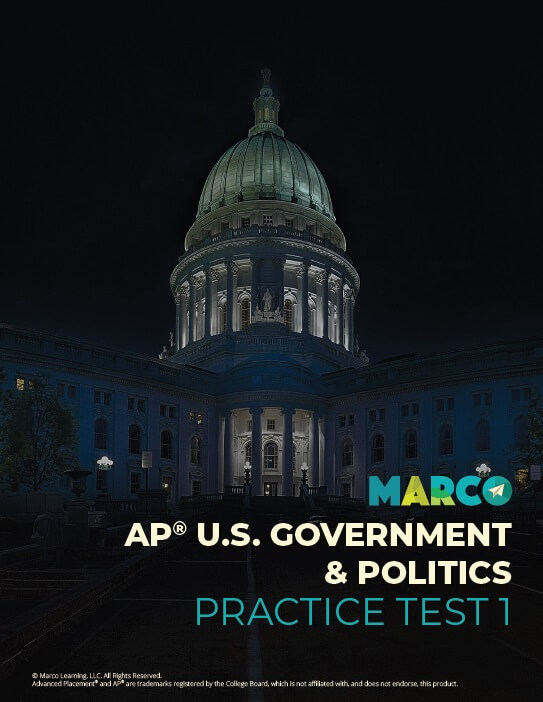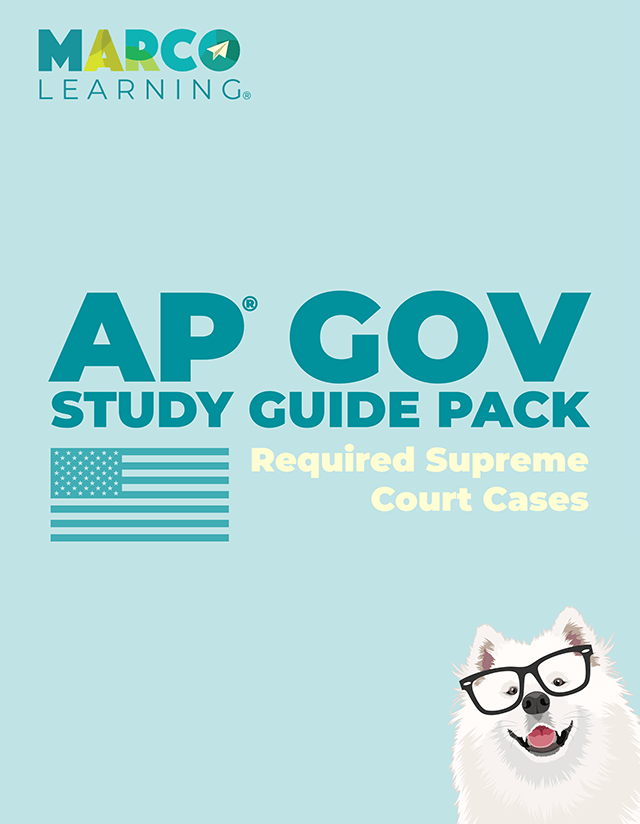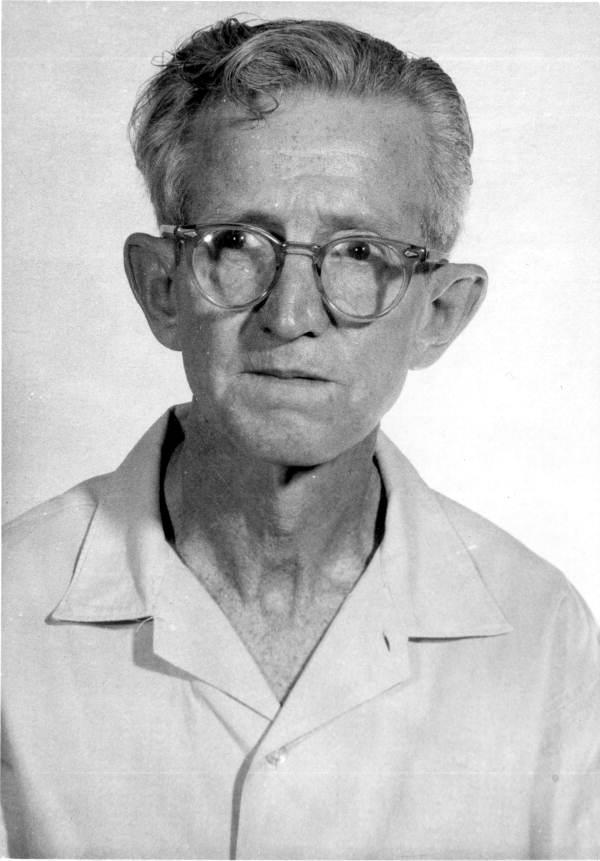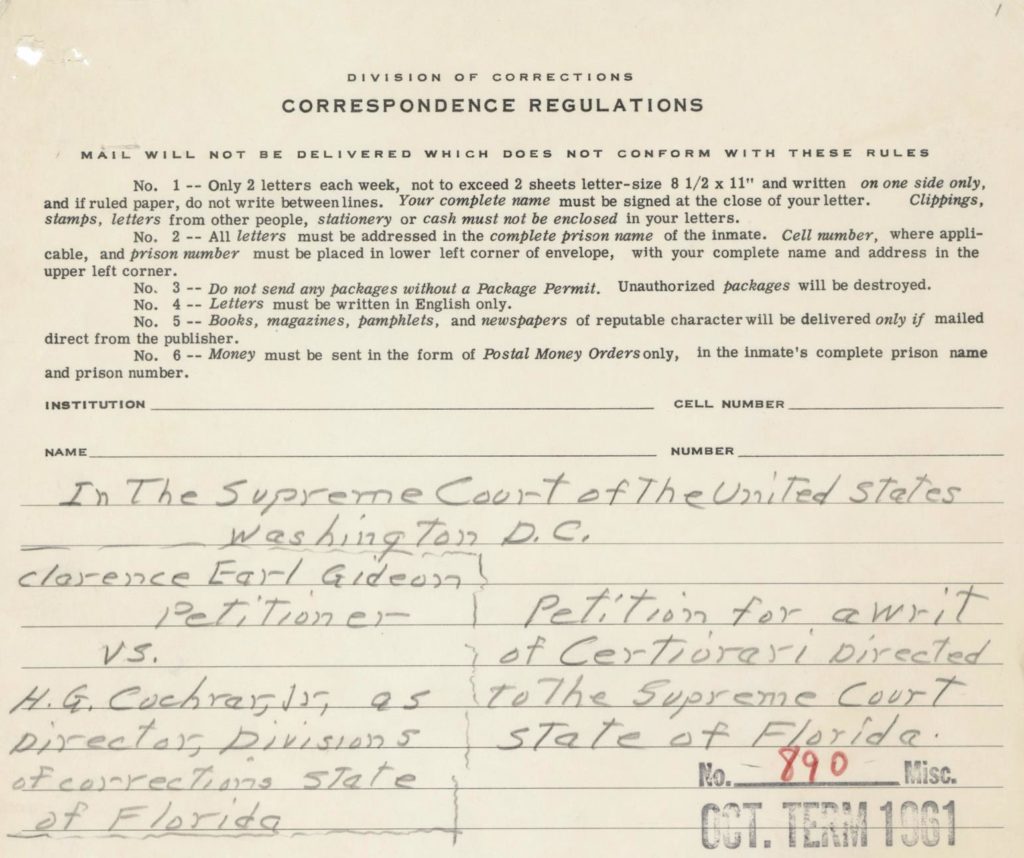


To score well on your AP® U.S. Government and Politics Exam, it is important to become familiar with all of the required Supreme Court cases. In the free-response section of your AP U.S. Government Exam, you will have to answer four essay questions. The third of these questions is a SCOTUS comparison essay, in which you will be required to compare a non-required Supreme Court case with a required Supreme Court case, so get to know each required Supreme Court case as well as possible!
The required Supreme Court cases for the AP U.S. Government and Politics Exam in 2021 are:
Marbury v. Madison (1803)
McCulloch v. Maryland (1819)
Schenck v. the United States (1919)
Brown v. Board of Education (1954)
Engel v. Vitale (1962)
Baker v. Carr (1962)
Gideon v. Wainwright (1963)
Tinker v. Des Moines Independent Community School District (1969)
New York Times Co. v. United States (1971)
Wisconsin v. Yoder (1972)
Roe v. Wade (1973)
Shaw v. Reno (1993)
United States v. Lopez (1995)
McDonald v. Chicago (2010)
Citizens United v. Federal Election Commission (2010)
Gideon v. Wainwright (1963)
Gideon v. Wainwright is one of the required Supreme Court cases for AP U.S. Government and Politics. This case resulted in the landmark decision that guaranteed the right to an attorney for those who could not afford one.

FACTS OF THE CASE
In 1963, Clarence Gideon was arrested in Florida for breaking into a pool hall and stealing money out of a cigarette machine. Since Gideon was unable to afford an attorney, he represented himself in court. At the time, Florida only provided an attorney to defendants in capital cases (cases that can result in the death penalty). Without legal counsel, Gideon was unable to defend himself adequately and was convicted.
Gideon petitioned for a writ of certiorari from prison in a note written by hand with a pencil, claiming that he had been denied his Sixth Amendment right to an attorney. At the time, the Sixth Amendment only applied to federal courts, since the Supreme Court had previously refused to incorporate the right to an attorney in Betts v. Brady (1942).

THE DECISION
In a unanimous decision, the Court ruled to incorporate the Sixth Amendment right to an attorney, making it binding on the states for all criminal defendants. Clarence Gideon’s case was retried, and he was acquitted with the help of legal counsel.
OVERTURNED
Betts v. Brady (1942)
IMPACT
Gideon v. Wainwright was a landmark decision that expanded the rights of the accused through selective incorporation of the Sixth Amendment. This was consistent with the tendency of the Warren Court (1953-1969) to expand the rights of criminal defendants. The Warren Court also decided Miranda v. Arizona, which required state authorities to inform accused persons of their rights upon arrest.
PRECEDENT
Betts v. Brady (1942)—denied the right to an attorney to those who could not afford one when they were prosecuted in state cases.
SUBSEQUENT CASE
Miranda v. Arizona (1966)—the Warren Court extended more protections to the accused by ensuring that they are informed of their Fifth Amendment right to remain silent.
KEY TERMS
Selective Incorporation The Supreme Court, at its discretion, has applied (incorporated) portions of the Bill of Rights to the states.
Rights of the Accused An American who is accused of a crime has several constitutional rights, including habeas corpus, legal counsel, a speedy and public trial, and the right to remain silent.
The best way to get better at something is by practicing.
That’s why it’s so important that you take practice tests to help you get better at the AP U.S. Government and Politics Exam. Only then can you expect to get a good score—and even improve your score.
 Help
Help